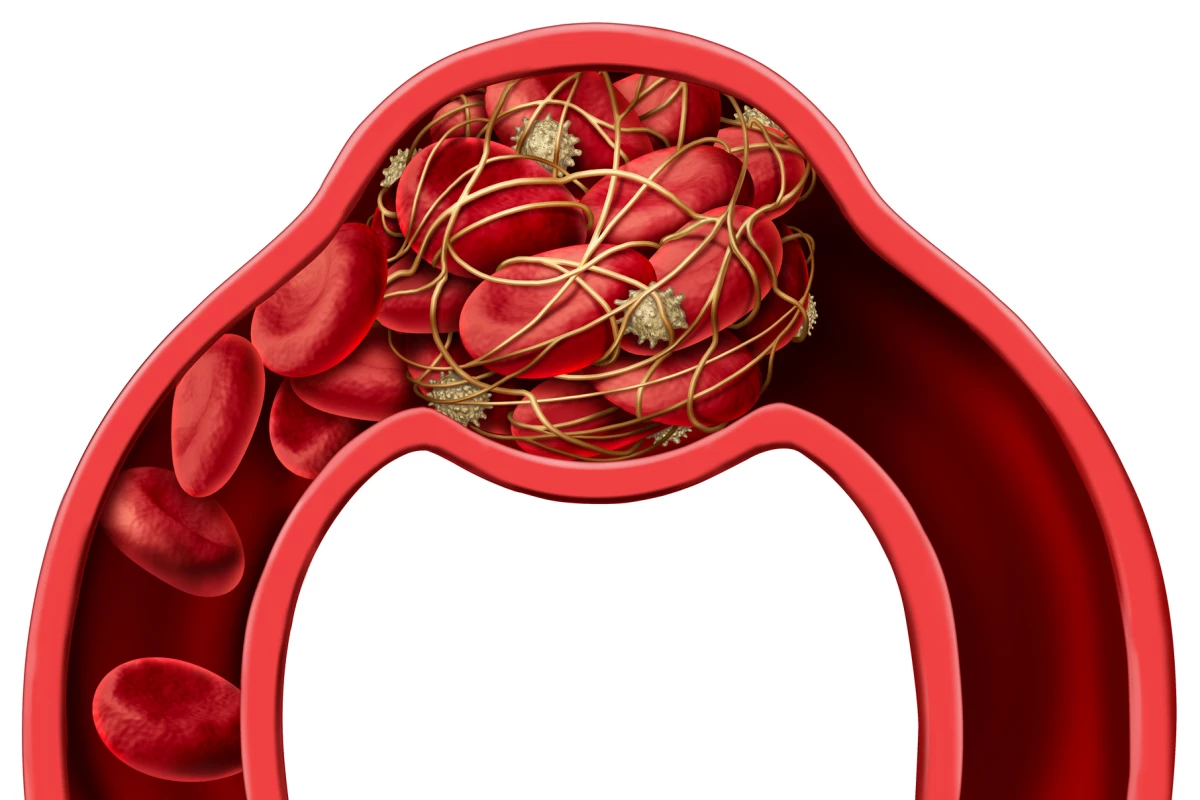Strokes can leave lifelong lingering issues, as neurons are damaged and die. But now, researchers at the University of Pittsburgh Brain Institute have identified a new drug that could help prevent damage even after a stroke, with tests in mice showing promise.
A stroke happens when a blood vessel in the brain becomes clogged, blocking the flow of blood and resulting in the death of oxygen-starved neurons. But it’s not just those in the direct line of fire that are hit – neurons in the surrounding area, called the stroke penumbra, can also be affected, sometimes dying hours or days after the event itself. And it’s these that were the focus of the new study.
“We are looking for ways to prevent these other neurons from dying, too,” says Elias Aizenman, senior author of the study. “If we can do that, recovery might be improved, and we might be able to better help people who have strokes in which the clot is in an inaccessible blood vessel or who could not get to the hospital in time for early intervention. With the right drug, we also may be able to slow the progression of a known stroke before a patient reaches the hospital.”
And now, the researchers have developed an experimental new drug that could do just that. The new study builds on the team’s earlier work, where they discovered a mechanism that triggers cell death.
Previously, the team had found that neurons can die due to potassium ions leaking out of a potassium channel called Kv2.1. This can be triggered by interactions between the channel and a protein called syntaxin. The researchers found that they could prevent cell death by interfering with that interaction, using a compound called TAT-C1aB.

On the new study, the team uncovered a potential way to use this finding to further reduce cell death following a stroke. They found that there are two types of Kv2.1 channels in the membrane of neurons, and one of them helps extra Kv2.1 channels find their way into the cell. That in turn increases the amount of potassium lost and as such, increases cell death.
To counter that, the team developed a small protein called TAT-DP-2. This keeps the new channels from passing into the cell, preventing potassium leaks and keeping the cells alive.
In tests on mice, the team showed that the area of damage in a brain following a stroke was much smaller for animals that had received injections of TAT-DP-2, compared to untreated mice. The treated mice also had better long-term neurological function.
The study seems promising, but as with anything, there’s no guarantee that the results will carry across from mice to humans. Future work will be needed to see if that’s viable, but ultimately the hope is for a drug that could eventually be administered even after a stroke to reduce damage and improve rehabilitation.
“No drugs exist in clinical practice that are capable of blocking the cell death that occurs following stroke,” says Anthony Schulien, first author of the study. “These experiments provide exciting, early evidence of drug targets that we hope to one day translate to patients.”
The research was published in the journal Science Advances.
Source: University of Pittsburgh





